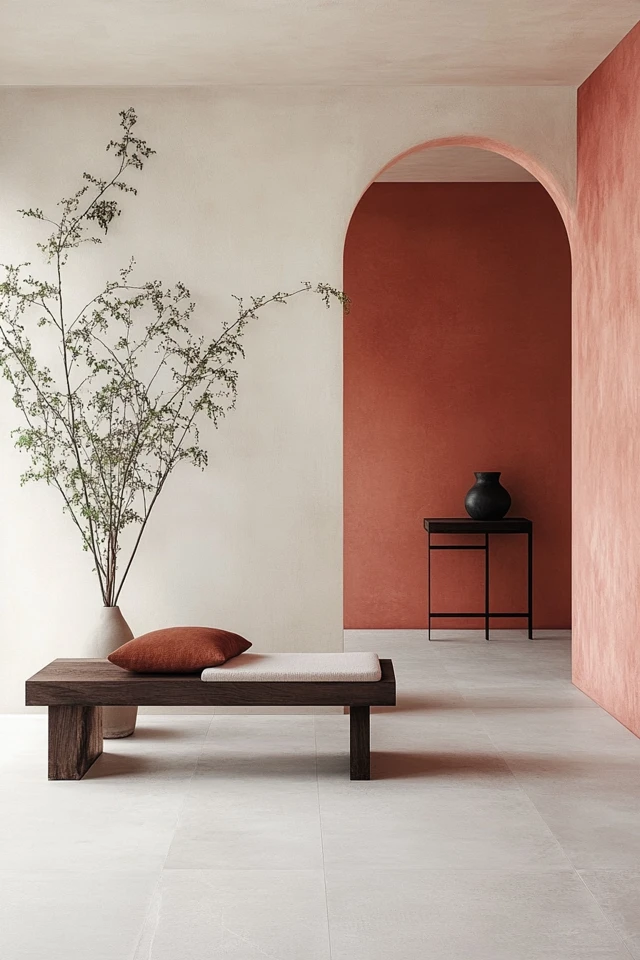Negative space—also known as white space—is one of the most powerful tools in minimalist design. It’s the empty, unoccupied area around objects that allows each element in a room to breathe. Far from being “wasted” space, negative space is intentional, helping to create balance, focus, and calm.
When I first experimented with negative space in my home, I was amazed at how removing unnecessary items transformed the entire room. By embracing open areas on shelves, walls, and the floor, my space felt more expansive, serene, and inviting. Negative space wasn’t about emptiness—it was about purposefully leaving room for beauty to shine.
In this guide, I’ll walk you through how to effectively use negative space in minimalist design to create a home that feels clean, balanced, and visually striking.
What Is Negative Space in Design?
Negative space refers to the empty or unoccupied areas around and between design elements. In minimalist interiors, negative space is used to:
- Create Balance: Ensures no single element overwhelms the space.
- Draw Focus: Highlights key pieces like furniture, art, or decor.
- Promote Calm: Reduces visual clutter, making the space feel more relaxing.
1. Declutter First
Before you can use negative space effectively, you need to clear out unnecessary items.
How to Declutter for Negative Space
- Remove decor and furniture that don’t serve a purpose.
- Sort items by importance—keep only what you truly need or love.
- Avoid overfilling shelves, surfaces, and walls.
Pro Tip:
As you declutter, step back and assess the room. Notice how removing items opens up space and highlights key design elements.
2. Leave Walls Partially Empty
Negative space on walls is just as important as in the rest of the room.
How to Use Wall Space Wisely
- Hang a single piece of artwork rather than creating a crowded gallery wall.
- Leave some walls completely bare for a clean, uncluttered look.
- Use mirrors sparingly to reflect light without overwhelming the space.
Example:
A large abstract painting centered above a sofa creates a focal point while allowing the surrounding wall to remain empty and balanced.
3. Space Out Furniture
In minimalist design, furniture placement plays a crucial role in creating negative space.
Furniture Placement Tips
- Leave gaps between pieces of furniture to allow for flow and openness.
- Avoid pushing all furniture against the walls—floating furniture creates breathing room.
- Choose fewer, larger pieces rather than crowding the space with multiple small items.
Styling Tip:
A living room with a sleek sofa, a single armchair, and a minimalist coffee table feels more open and balanced than one packed with excess seating.
Picture Gallery
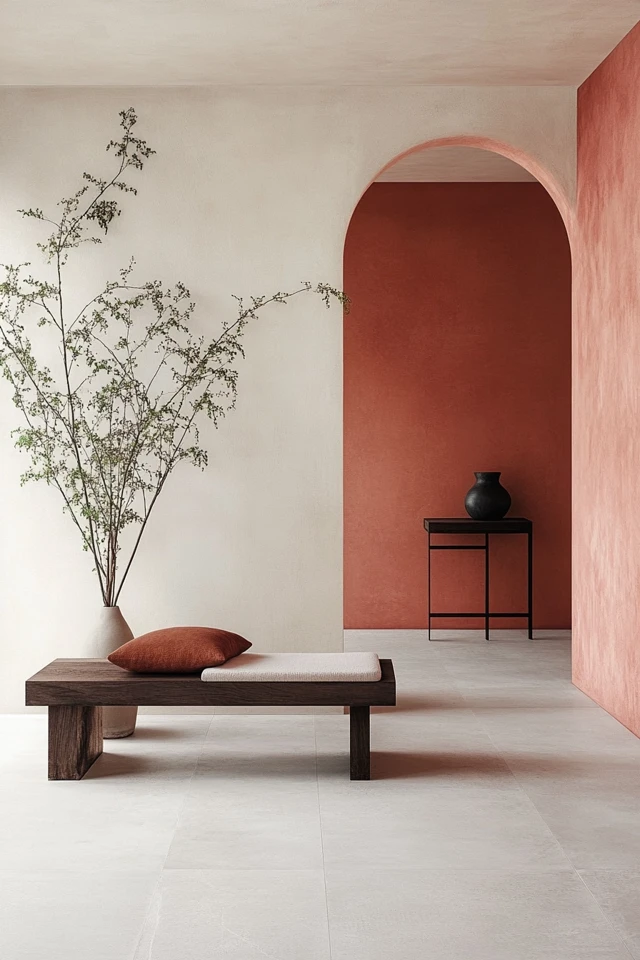
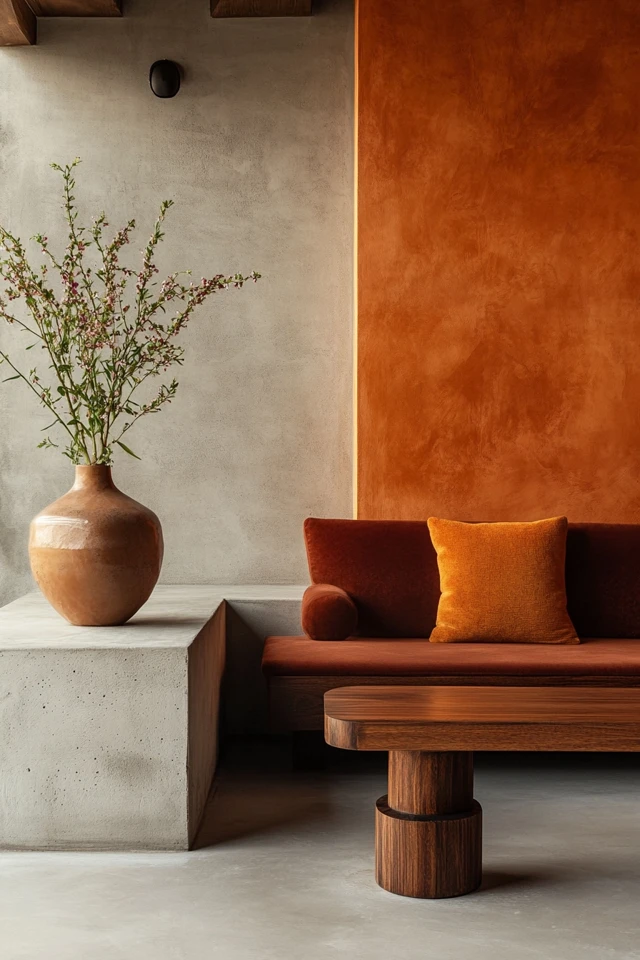
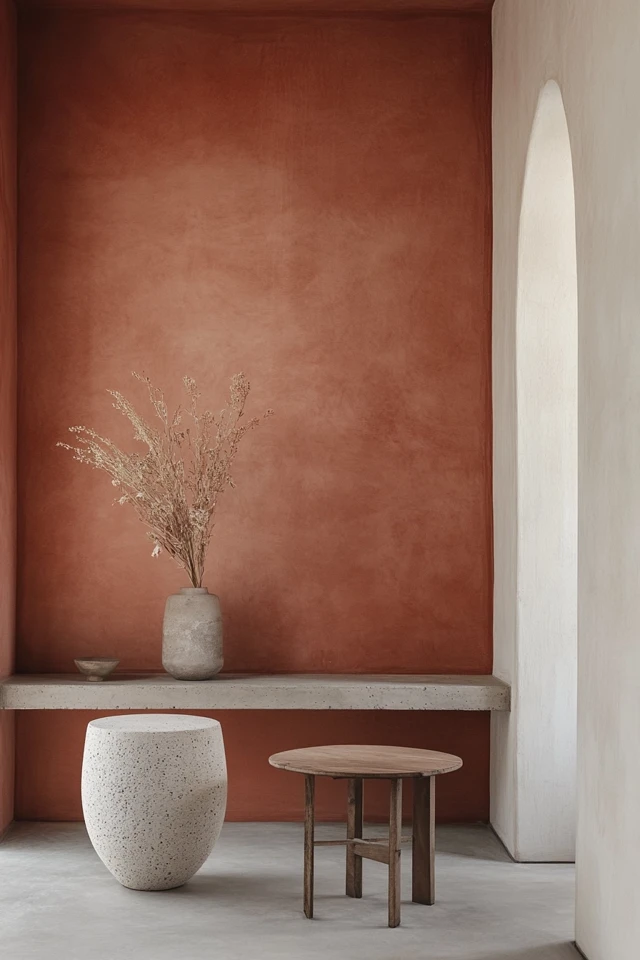
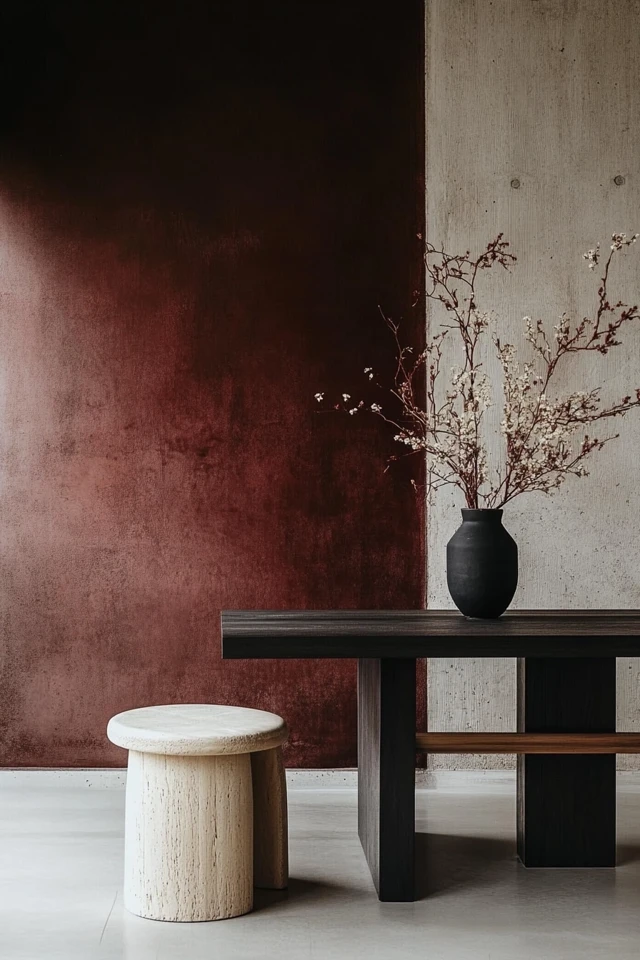
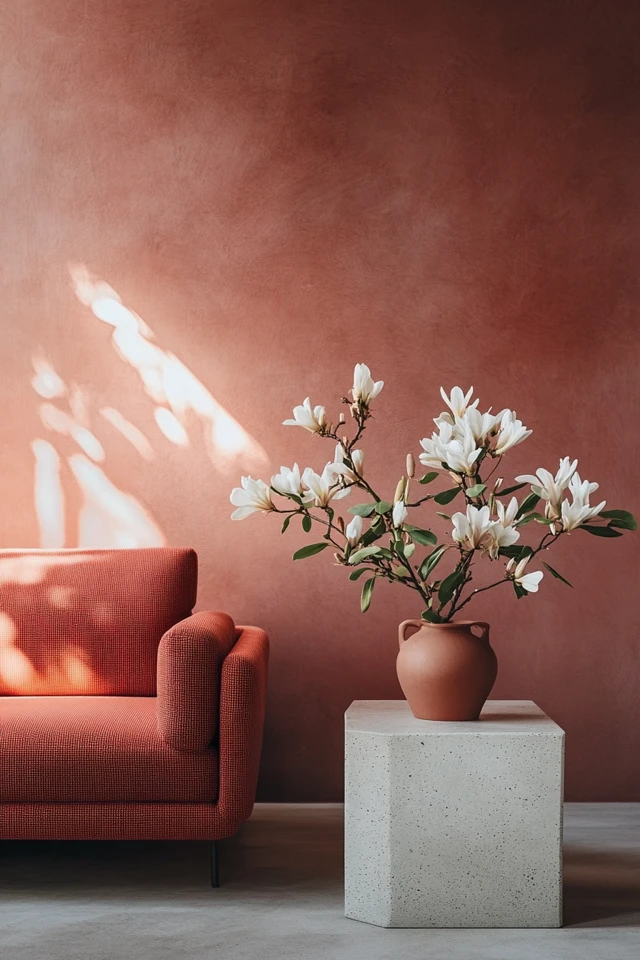
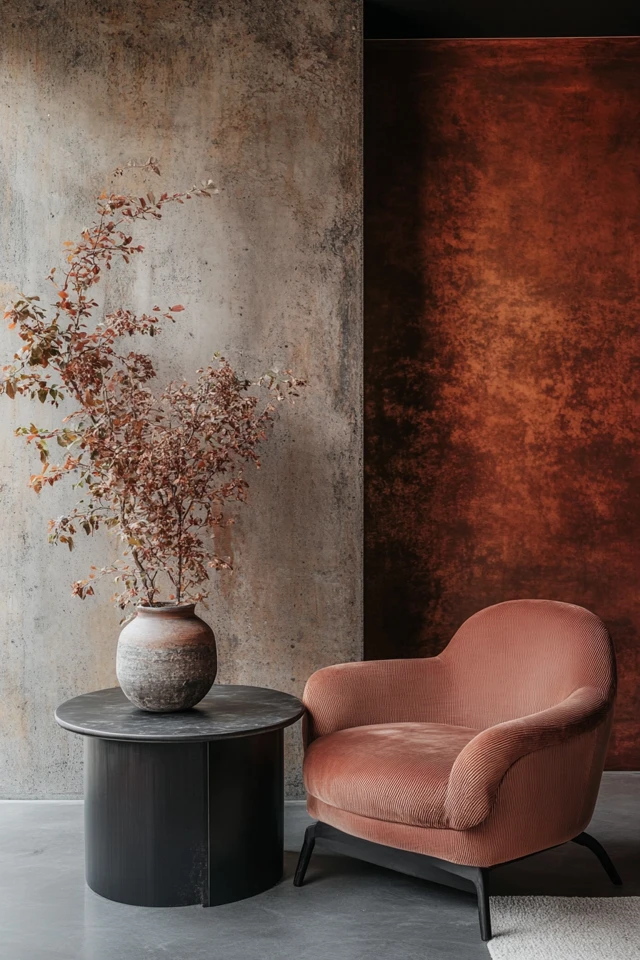
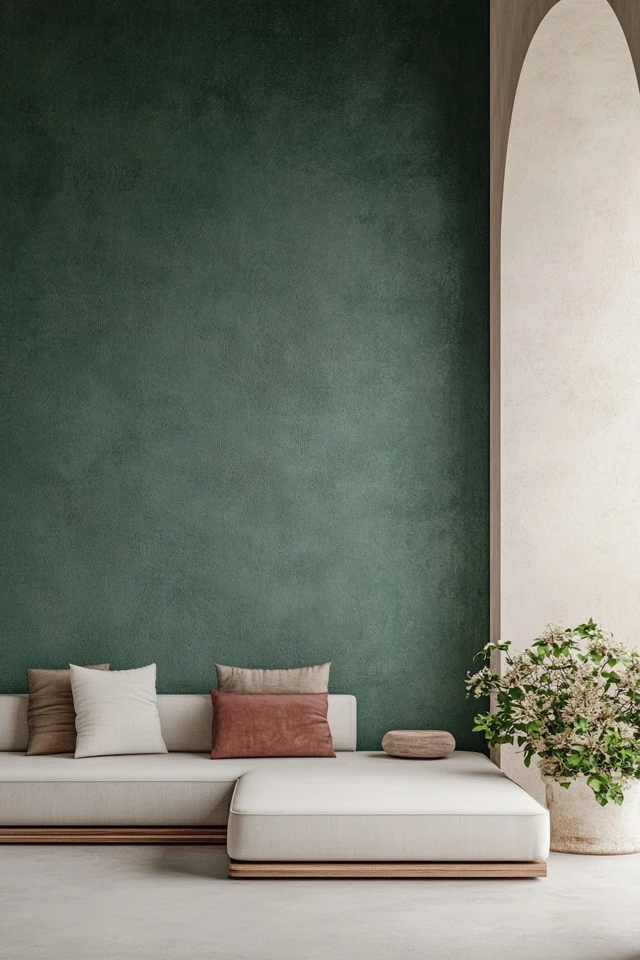
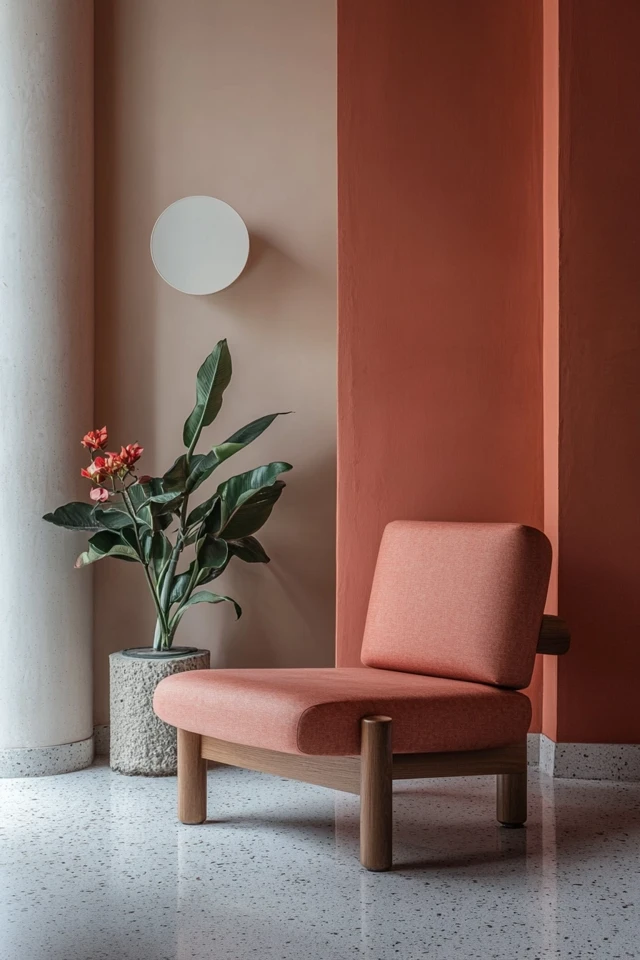
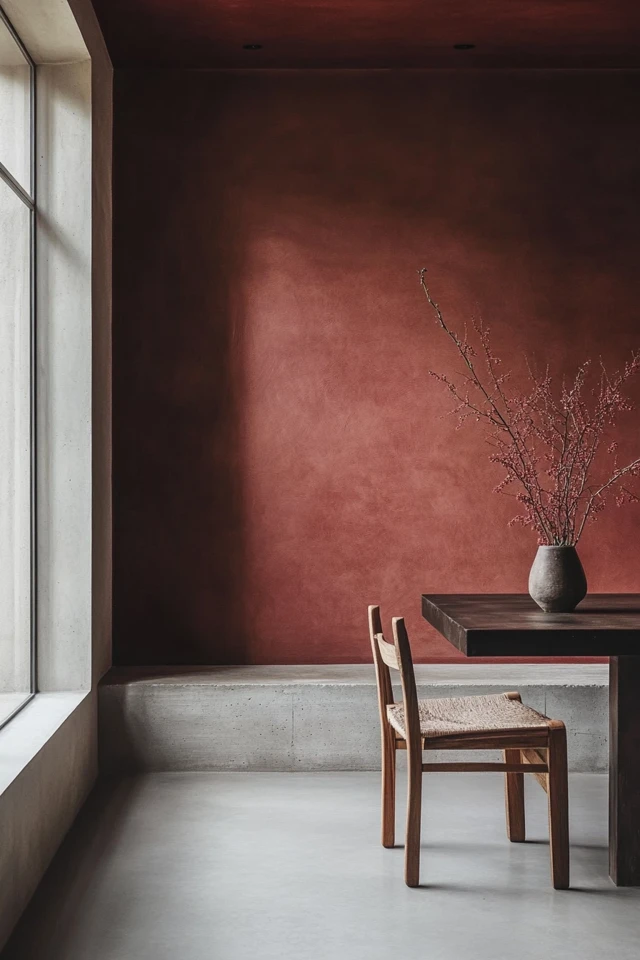
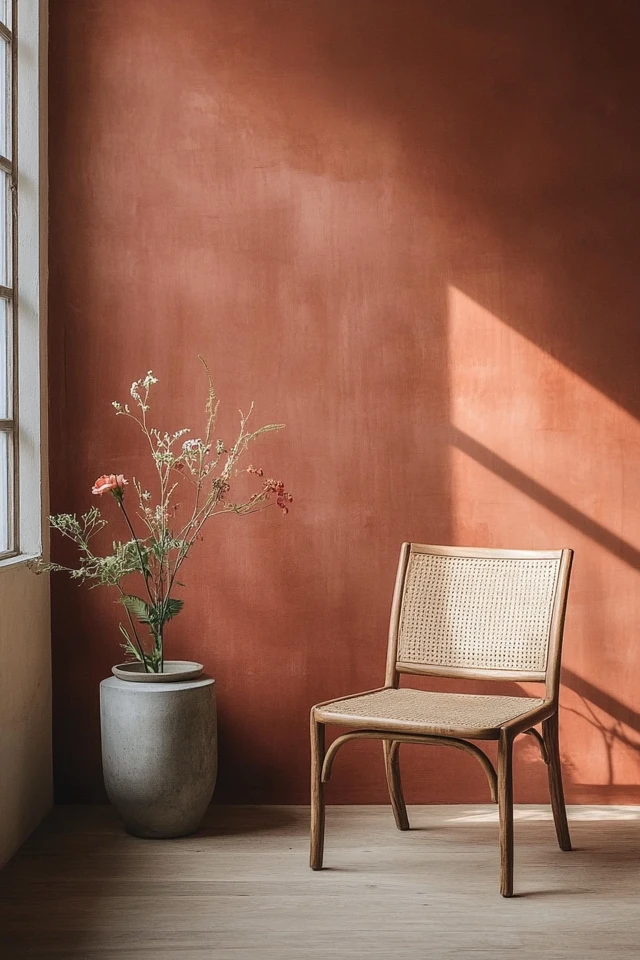
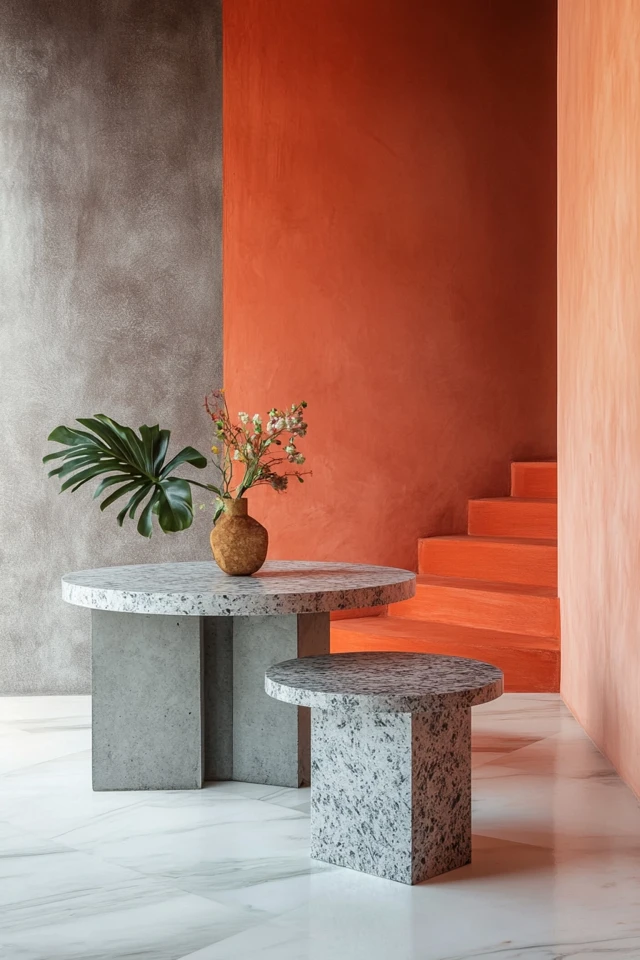
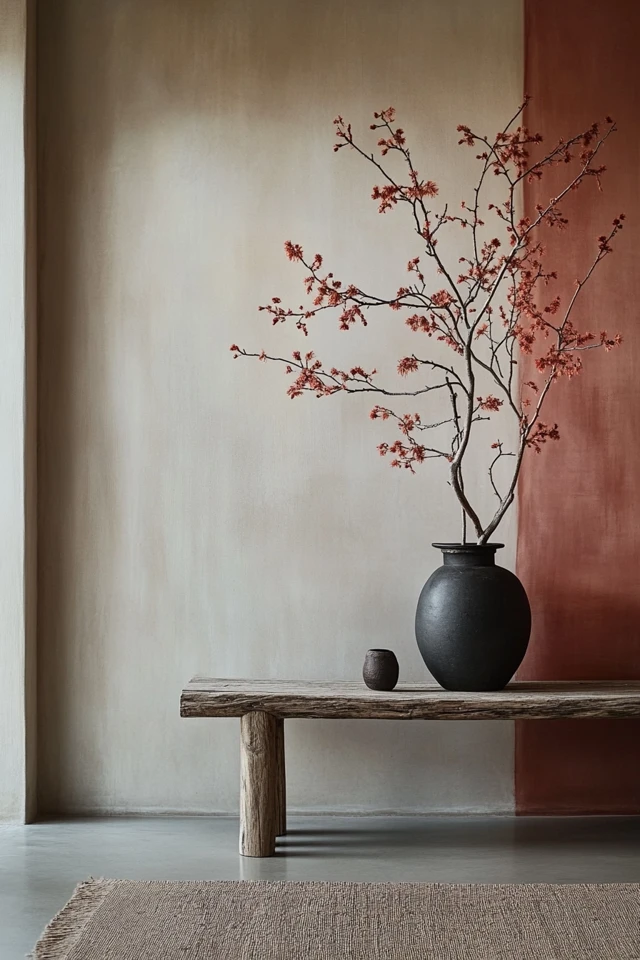
4. Edit Shelves and Surfaces
Negative space applies to shelves, mantels, and other surfaces too.
How to Style with Negative Space
- Leave parts of shelves empty—avoid filling every inch with decor or books.
- Use the “rule of thirds”: arrange items in groups of three, leaving open space around them.
- Opt for clean, minimalist decor like vases, bowls, or plants rather than overly detailed items.
Example:
A bookshelf with a few carefully chosen books and a single ceramic vase feels lighter and more intentional than a shelf packed with knickknacks.
5. Use Rugs to Define Space
In minimalist design, rugs can act as visual boundaries while maintaining negative space.
Rug Placement Tips
- Choose a rug that’s large enough to define a seating area without crowding the room.
- Leave the edges of the floor visible to create a sense of openness.
- Opt for neutral tones or simple patterns to keep the focus on the furniture.
Example:
A jute or wool rug under a sofa and coffee table can anchor the seating area while maintaining a clean, uncluttered look.
6. Focus on One Statement Piece
Negative space allows statement pieces to truly shine by eliminating competition.
How to Highlight a Statement Piece
- Choose one focal point, such as a bold artwork, a sculptural chair, or a unique light fixture.
- Surround the statement piece with empty space to draw attention to it.
- Avoid adding other bold elements nearby that might compete for focus.
Example:
A mid-century modern armchair placed in an open corner can become a standout feature when surrounded by clean, open space.
7. Limit Color to Enhance Space
A restrained color palette enhances the feeling of negative space.
Color Tips for Negative Space
- Stick to neutrals like white, beige, gray, and soft earth tones.
- Use pops of color sparingly, focusing on one or two accents in the room.
- Let negative space on walls or furniture amplify the impact of your color choices.
Styling Tip:
A neutral room with a single navy throw pillow or a mustard-yellow vase creates a subtle yet striking effect.
8. Use Lighting to Enhance Negative Space
Lighting can emphasize the beauty of negative space while creating depth and dimension.
Lighting Ideas
- Use spotlights or floor lamps to highlight key design elements, like art or furniture.
- Keep light fixtures simple, with clean lines and neutral tones.
- Avoid over-lighting the room—allow shadows to add texture and contrast.
Example:
A pendant light above a dining table with negative space around it creates a dramatic yet minimalist effect.
9. Play with Proportions
Negative space doesn’t mean every item needs to be small—playing with proportions can create balance and interest.
How to Use Proportions
- Pair large furniture pieces with smaller decor to maintain openness.
- Let large empty areas, like bare walls or open floors, contrast with bold focal points.
- Mix high and low elements, like a tall plant next to a low-profile sofa.
Styling Tip:
In a minimalist bedroom, a tall floor mirror placed next to a low bed creates a striking visual balance.
10. Trust the Power of Empty Space
Sometimes, the most impactful design decision is to leave areas intentionally empty.
How to Embrace Emptiness
- Resist the urge to fill every gap or corner.
- Step back and evaluate the overall balance of the room.
- Remember that negative space allows other design elements to shine.
Example:
A minimalist dining room with just a table, chairs, and empty space around them feels more inviting and spacious than one filled with extra furniture.
Conclusion
Using negative space in minimalist design is about more than empty areas—it’s about intentionality. By creating breathing room around furniture, decor, and architectural elements, you allow your space to feel balanced, serene, and purposeful.
When I embraced negative space in my own home, I discovered the beauty of restraint. Each element felt more meaningful, and the room became a calming retreat rather than a cluttered distraction.
So, clear the excess, focus on quality, and let your space breathe. With these tips, you’ll master the art of negative space and create a minimalist home that radiates simplicity and elegance.
FAQ
What is negative space in interior design?
Negative space refers to the empty areas around and between design elements. It creates balance, enhances focus, and promotes a sense of calm in minimalist interiors.
How can I use negative space without making my home feel empty?
Focus on quality over quantity—use a few well-chosen pieces to fill the space intentionally, while leaving areas open for balance.
Can negative space work in small rooms?
Yes! In small spaces, negative space is even more important—it prevents the room from feeling cramped or overcrowded.
Does negative space mean no decor?
Not at all. Negative space enhances the decor by allowing it to stand out. Choose a few intentional pieces and leave room around them.
What colors work best with negative space?
Neutral tones like white, beige, gray, and soft pastels work best, as they enhance the feeling of openness and calm.

